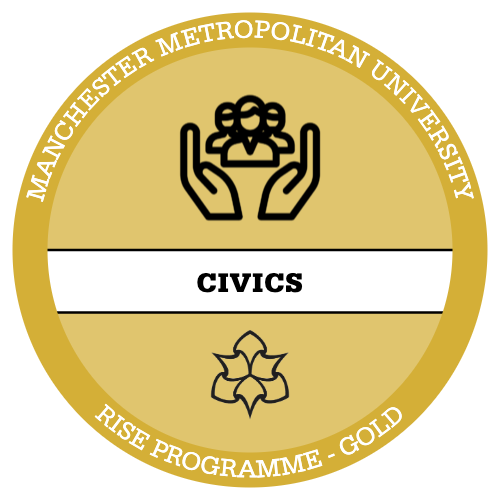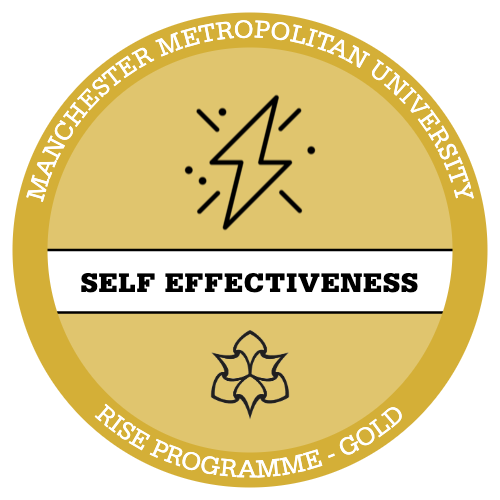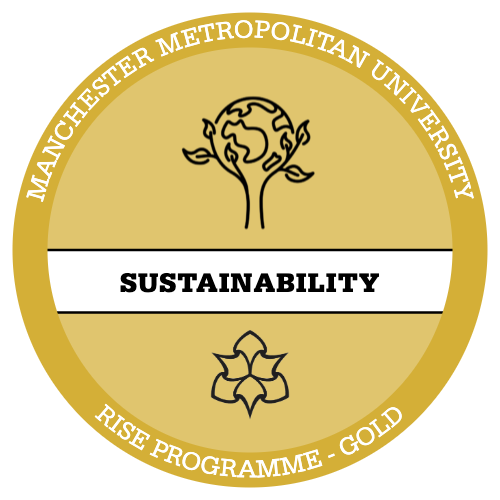Sustainability and The Planetary Boundaries
Another method of evaluating sustainability is to consider human acitivty through the lens of the Planetary Boundary (Rockström et al. 2009). These outline the key boundaries that humanity must not exceed to maintain a safe environment for humans on Earth. This video below is presented by Johan Rockström and outlines humanities current position within the boundaries. More information can be found in the optional reading activity below.

Read: A safe operating space for humanity
<undefined>Rockstrom, Johan (2009)</undefined>
Rockstrom, Johan (2009). Identifying and quantifying planetary boundaries that must not be transgressed could help prevent human activities from causing unacceptable environmental change, argue Johan Rockström and colleagues. Additional summary HERE.

Stop and Reflect:
Reflect on the definitions of sustainability and sustainable development
Think about the different definitions presented here. Also feel free to do additional research around this topic.
- How do the different approaches differ?
- What common themes do they share?
- Do they emcompass all aspects of sustainability?
- Would you change your definition based on this information?
A Note on Terminology
The terms sustainable development and sustainability are often used interchangeably (including within this self study pack). Whilst very similar there is a difference between the two.
Sustainable Development is defined by the 1987 Bruntland Commission as: “development that meets the needs of the present without compromising the ability of future generations to meet their own needs.”
The United Nations Educational, Scientific and Cultural Organisation provides the following explanation:
“Sustainability is often thought of as a long-term goal (i.e. a more sustainable world), while sustainable development refers to the many processes and pathways to achieve it (e.g. sustainable agriculture and forestry, sustainable production and consumption, good government, research and technology transfer, education and training, etc.).”






